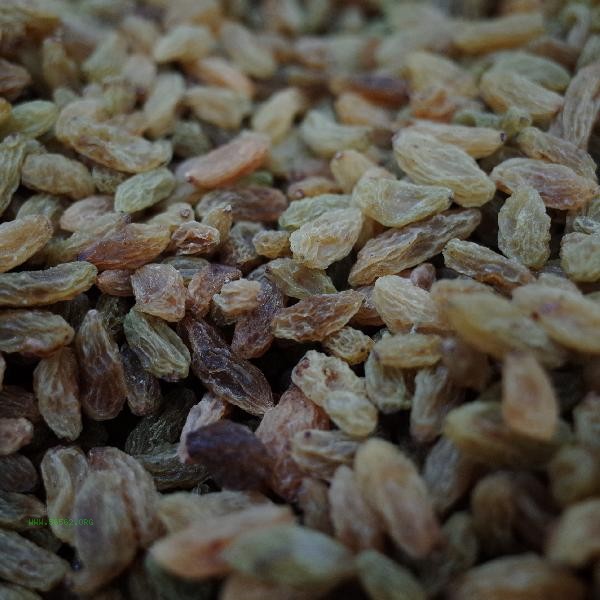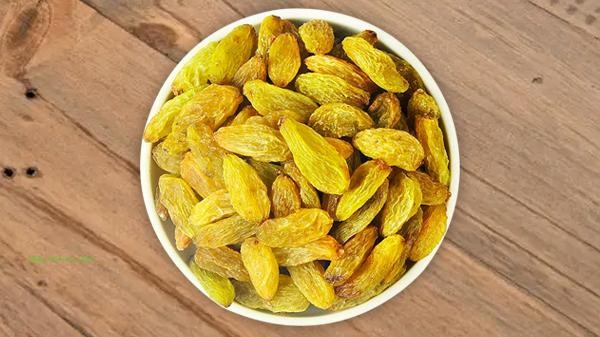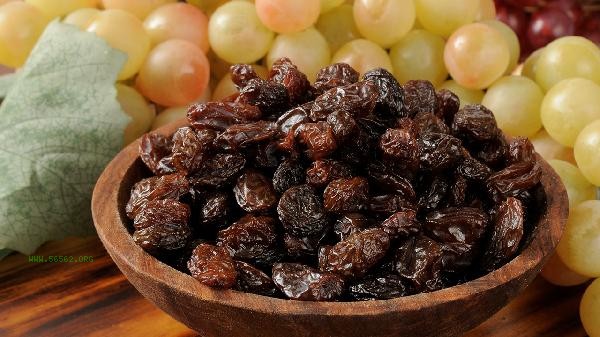The size of raisins depends on personal needs and usage. Large fruits with thick flesh are suitable for direct consumption, while small fruits with concentrated sweetness are suitable for baking. The quality and size of raisins are not absolutely related, but there are indeed differences in taste and usage among different sizes. Large grain raisins usually have plump flesh and retain more moisture. When chewed, more obvious pulp fibers can be felt, making them suitable as snacks to be eaten alone or paired with nuts. This type of raisin has less skin damage during the drying process, and the antioxidant substances such as anthocyanins are relatively intact, making it more suitable for people who pursue the original fruit flavor. Small grain raisins have more complete water evaporation, highly concentrated sugar content, and a more concentrated sweetness. When added to dough or pastries, they can evenly distribute sweetness. Its small size also makes it easier to penetrate into the gaps of food materials, making Babao Congee or Zongzi difficult to sink to the bottom. From the perspective of nutrient density analysis, small grain raisins have slightly higher mineral content per unit weight, especially higher concentrations of iron and potassium, but the actual differences are minimal. Large grain raisins have a lower probability of mechanical damage during processing and better skin integrity, which can reduce nutrient loss during drying. The dietary fiber content of the two specifications is similar, but the proportion of insoluble fiber in large fleshed raisins is slightly higher, which is more helpful in promoting intestinal peristalsis. It should be noted that some small grain raisins may come from immature fruits with high tannin content on the skin, which may cause discomfort for people with gastrointestinal sensitivity who consume them in large quantities on an empty stomach.

When selecting raisins, it is recommended to observe the uniformity of color and residual fruit stem. High quality products, regardless of size, should have a semi transparent amber color. Daily consumption should be controlled within 20 grams to avoid excessive sugar intake. Pairing with yogurt or oats can delay blood sugar rise. hypertension patients should choose natural air drying clothes without added sodium salt, and diabetes patients can use raisins after soaking to reduce free sugar. When storing, it should be sealed and moisture-proof. If clumping or sourness occurs, it should be immediately discontinued.










Comments (0)
Leave a Comment
No comments yet
Be the first to share your thoughts!